How To Start A Food Product Line
Starting a food product line can be a fulfilling endeavor for those passionate about sharing their culinary creations with the world. However, the journey from concept to commercial success requires careful planning and execution. Here's an in-depth guide on how to start a food product line that appeals to your target market and stands out in the competitive food industry.
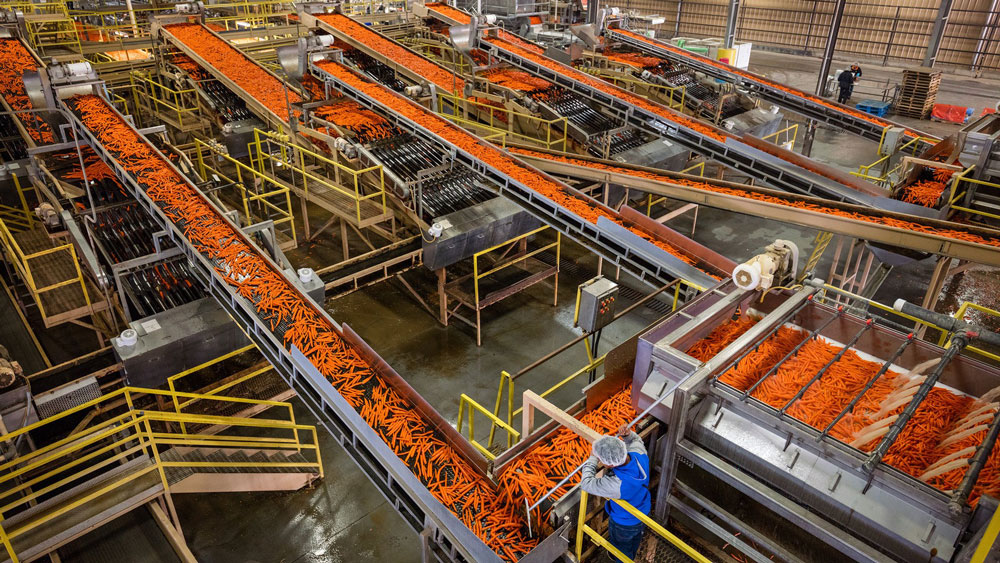
Introdction to Starting a Food Product Line
Entering the food industry with a new product line involves more than just having a delicious product. It requires understanding your market, complying with regulations, and creating a robust business strategy. This guide will walk you through the essentials.Step 1: Ideation and Market Research
The foundation of a successful food product line lies in a unique, high-quality product that meets a specific market need. Conduct thorough market research to identify current trends, potential competition, and target customer preferences.Identify Your Niche: What types of food products are you passionate about? Is there a gap in the market your product can fill?
Analyze Competitors: What are similar businesses doing? What can you offer that’s different or better?
Step 2: Product Development and Testing
Before launching, your product needs to be perfected and tested.Recipe Development: Aim for consistency. Ensure your product can be produced consistently on a larger scale.
Taste Testing: Gather feedback from a wide variety of people to refine your product.
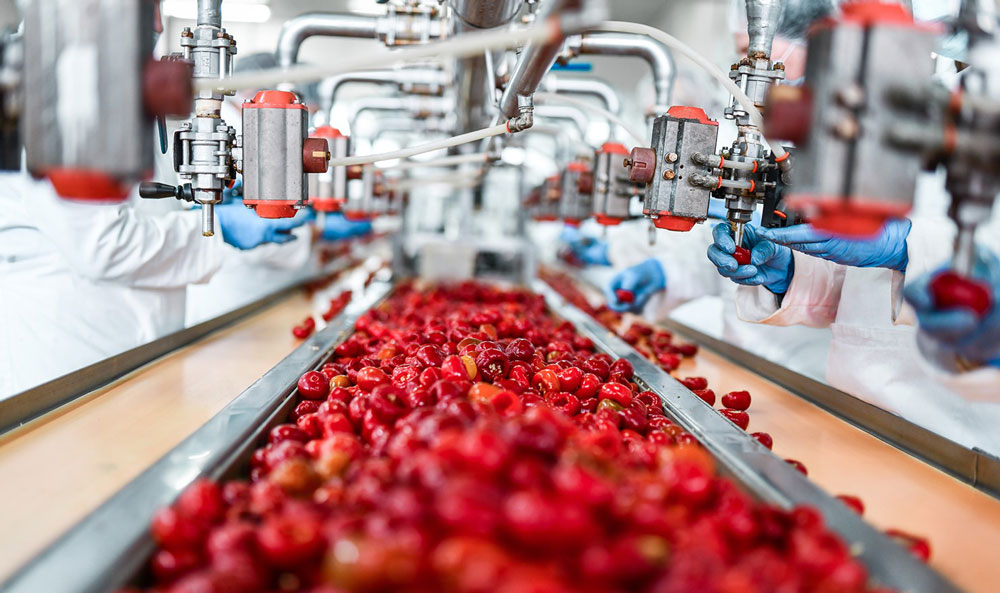
Step 3: Understanding Regulations
The food industry is heavily regulated. Familiarize yourself with the relevant local, state, and federal health regulations and food safety standards.Labeling Requirements: Learn about necessary nutritional information and allergen warnings for your packaging.
Licensing and Permits: Obtain the necessary approvals from health departments and other regulatory bodies.
Step 4: Sourcing Ingredients and Manufacturing
Deciding whether to manufacture in-house or outsource is pivotal.Ingredient Sourcing: Build relationships with suppliers. Consider the quality, cost, and supply chain stability.
Manufacturing Choices: Evaluate the pros and cons of manufacturing your product yourself versus partnering with a co-packer.
Step 5: Branding and Packaging Design
Your product’s packaging and branding are crucial for standing out on shelves.Brand Identity: Develop a strong brand identity that reflects your product’s values and appeals to your target market.
Packaging Decisions: Consider functionality, design, and environmental impact.
Step 6: Pricing Strategy
Setting the right price for your product involves several factors.Cost Analysis: Calculate your cost of goods sold (COGS) to determine your product's price point.
Market Positioning: Position your product in the market based on quality and price.
Step 7: Marketing and Launch Strategy
An effective launch strategy can make or break your food product line.Online Presence: Create a compelling website and engage with your audience on social media.
PR and Media: Consider hiring a PR firm to get your product featured in relevant publications.
Retail Partnerships: Identify potential retail partners who cater to your target audience.
Step 8: Distribution
Develop a distribution strategy that makes your product easily accessible to your target customers.Direct Sales: Options include online sales through your website or platforms like Amazon.
Wholesale Distribution: Partner with distributors to get your product into stores.
Step 9: Customer Feedback and Iteration
After launch, gather and analyze customer feedback to fine-tune your product and offerings.Feedback Channels: Use social media, customer surveys, and product reviews to collect feedback.
Continuous Improvement: Be prepared to make necessary adjustments to your product or strategy based on consumer feedback.
Conclusion
Starting a food product line is a challenging but rewarding venture. Success requires not just culinary expertise, but also a strategic approach to market research, product development, branding, and distribution. By following these steps and focusing on quality and customer satisfaction, you’ll increase your chances of building a successful food product line.Remember, persistence and flexibility are key. The food industry is constantly evolving, and staying attuned to changes in consumer preferences and industry standards can help you adapt and grow your business over time.
Must-Read Blogs For Chain Restaurants Owner

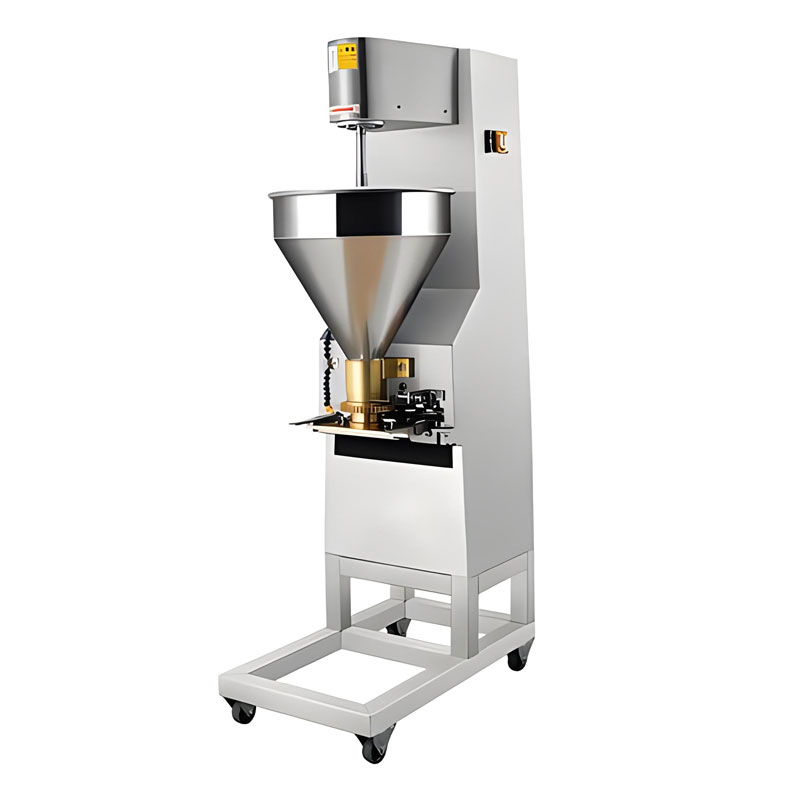
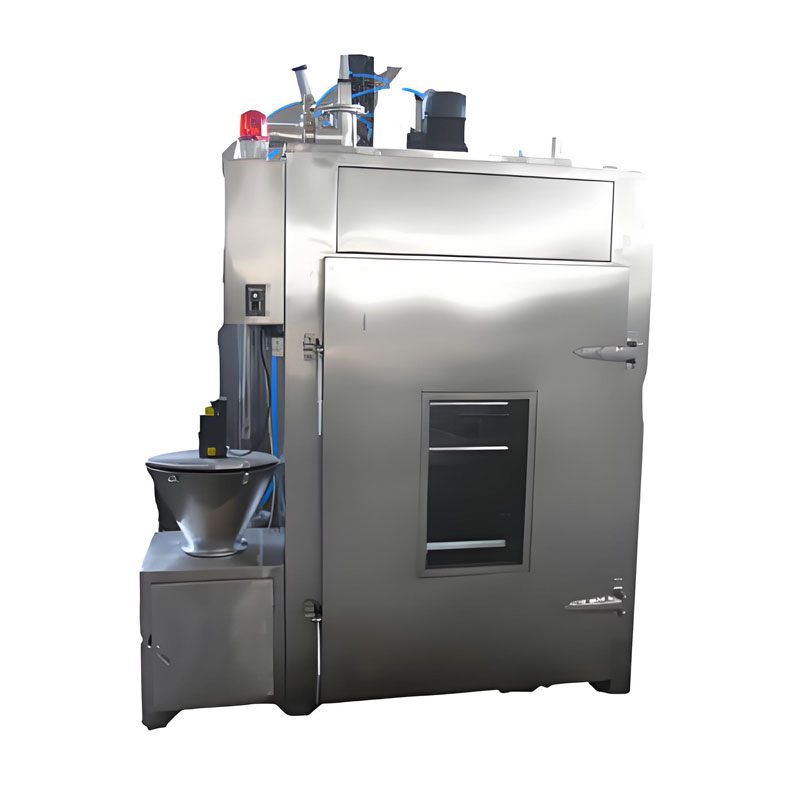
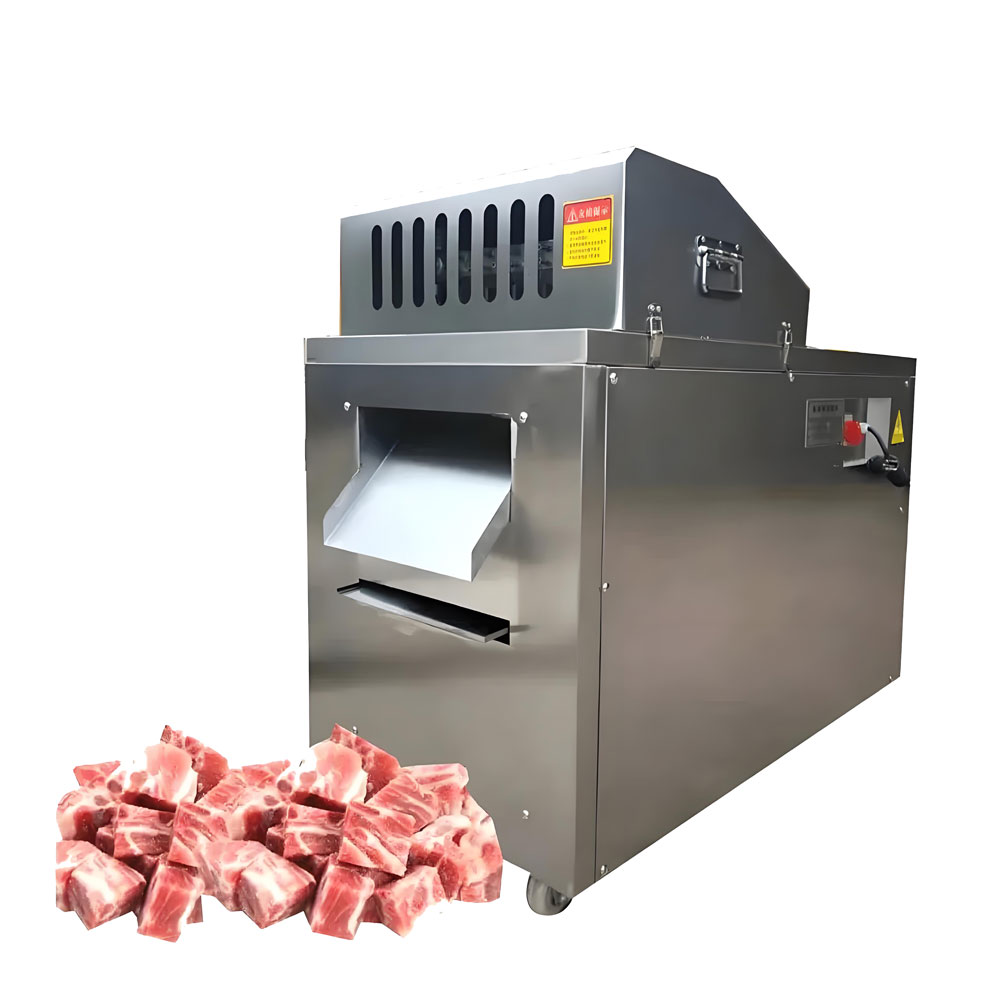
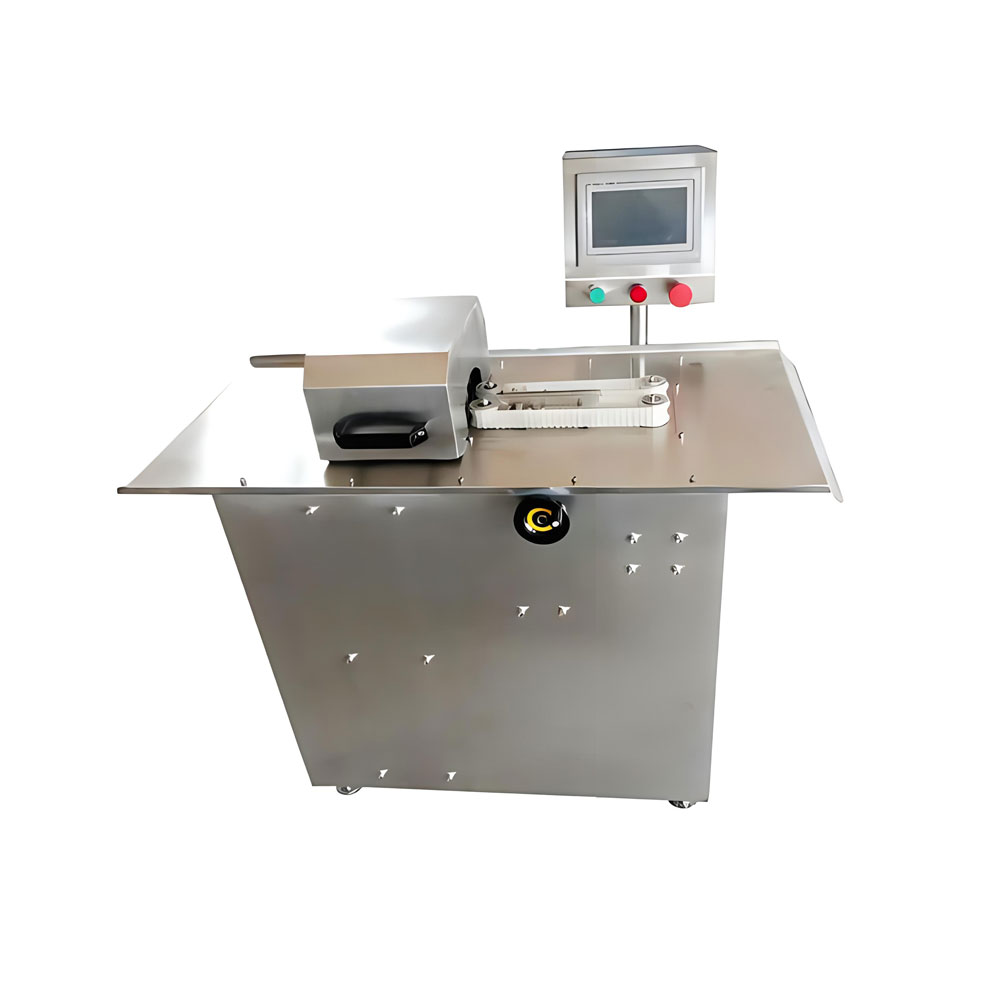
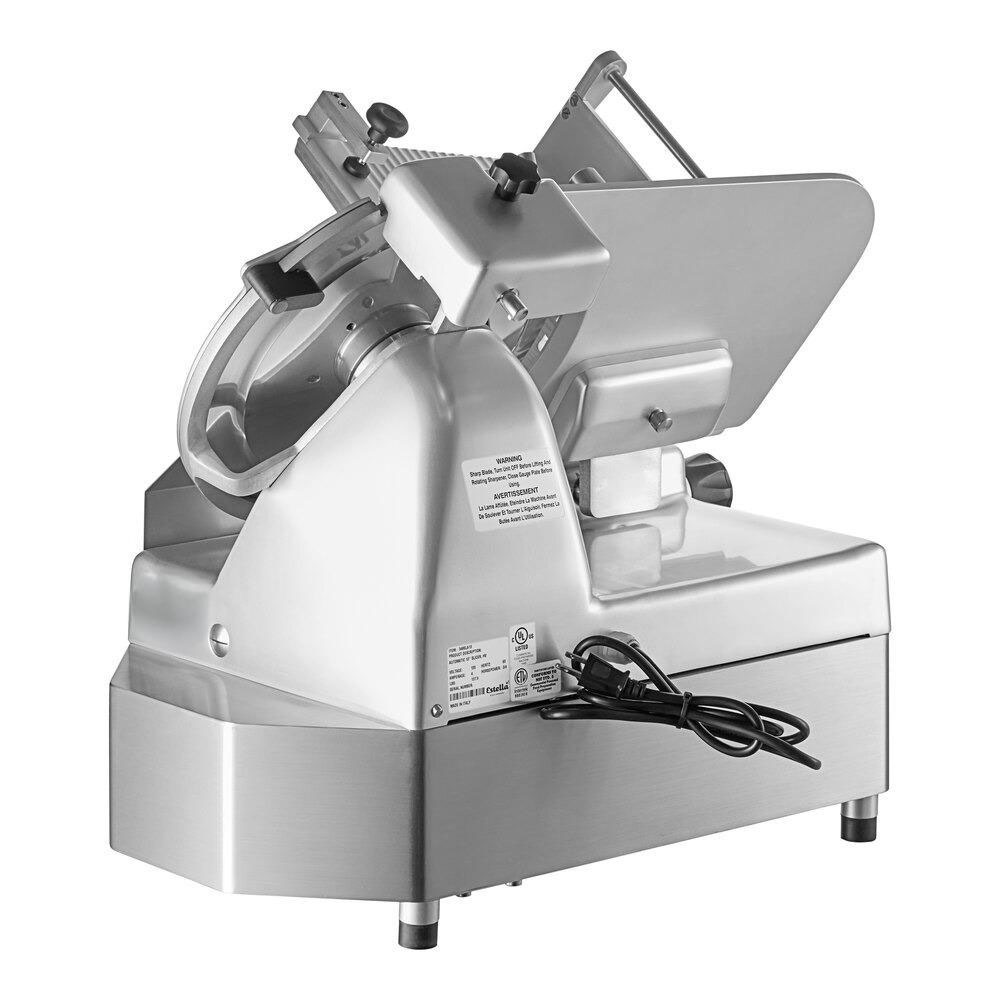
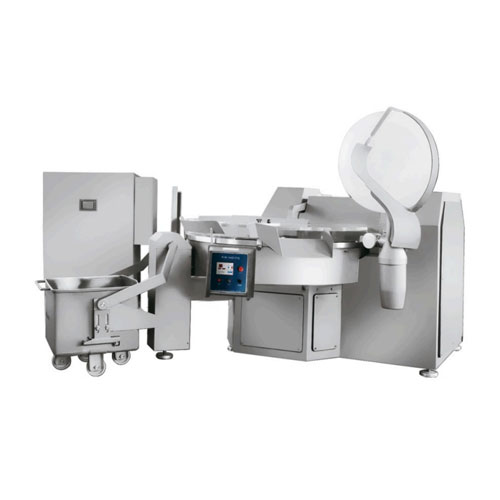
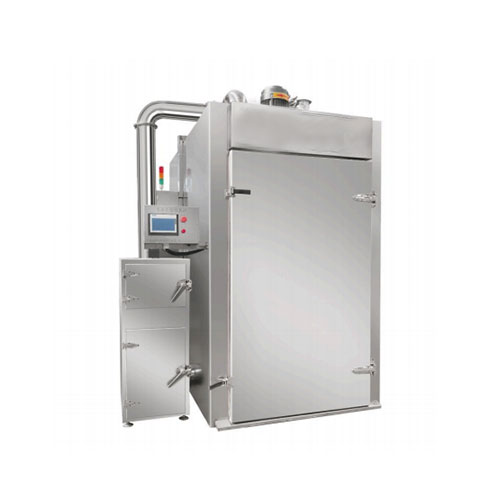
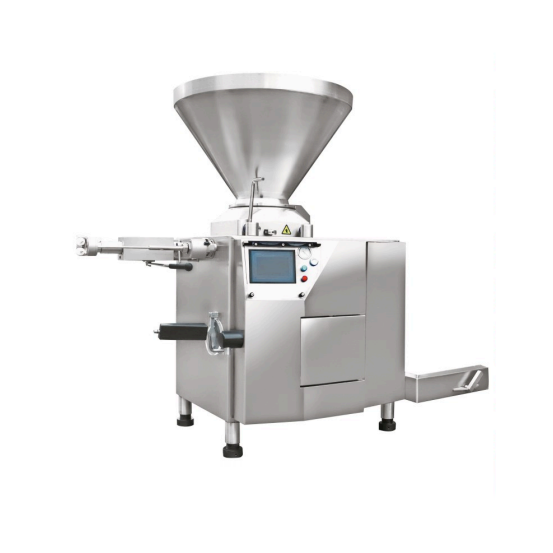
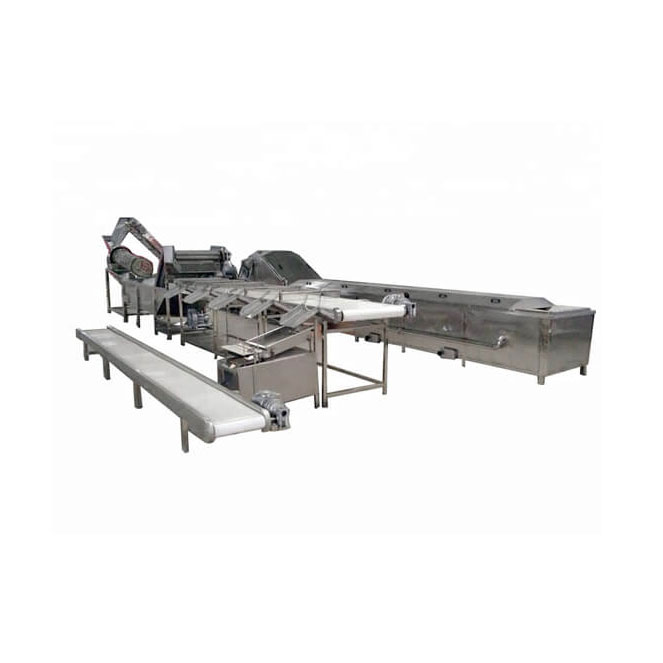
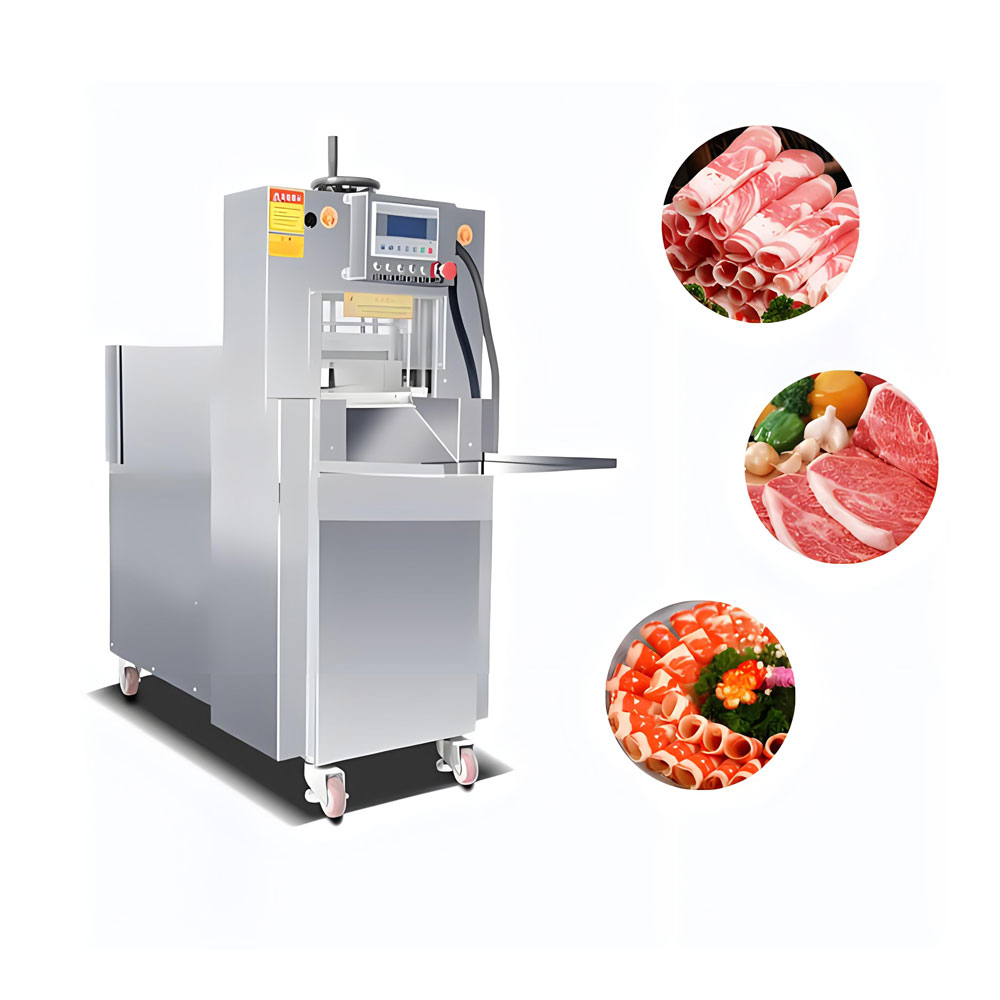
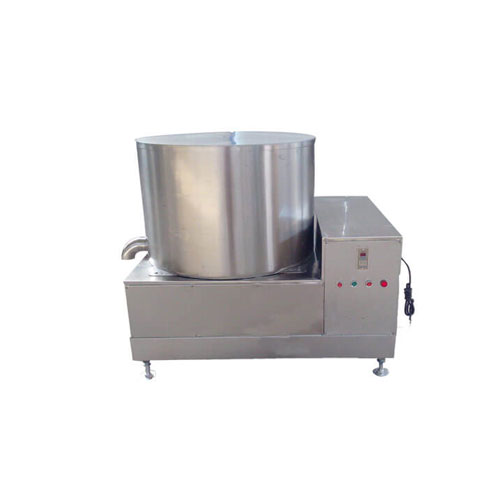 Fried Food Deoiling Machine
Fried Food Deoiling Machine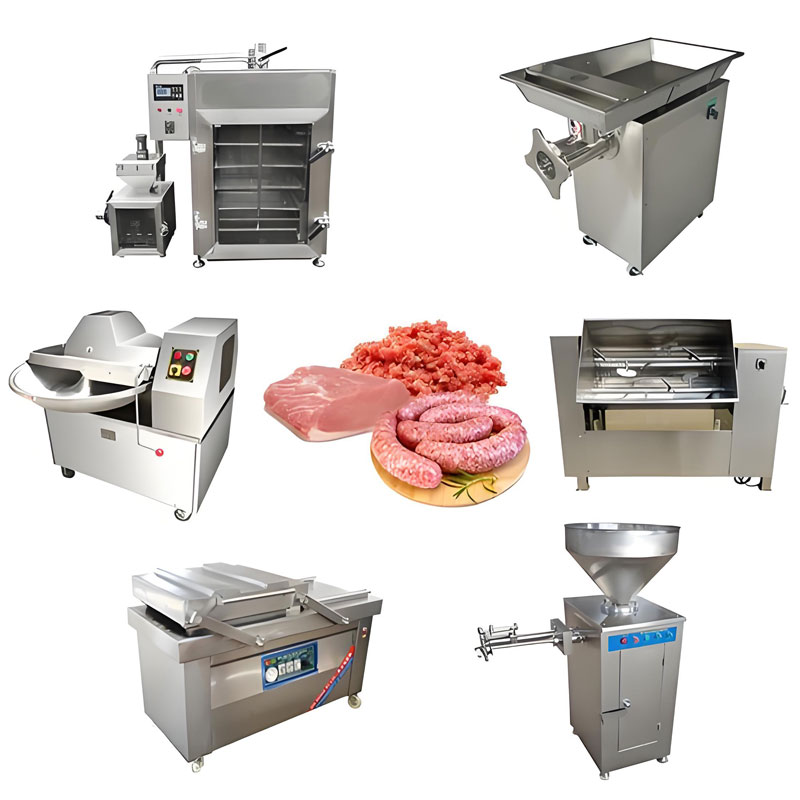 Sausage Stuffer Machine
Sausage Stuffer Machine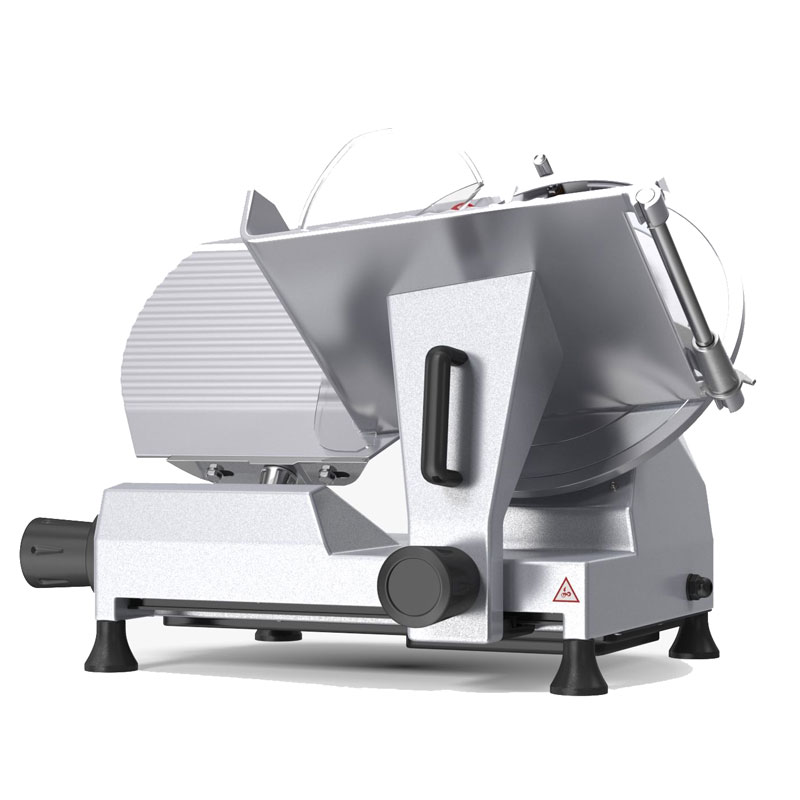 Heavy Duty Meat Slicer Machine
Heavy Duty Meat Slicer Machine
Ready to Get Started?